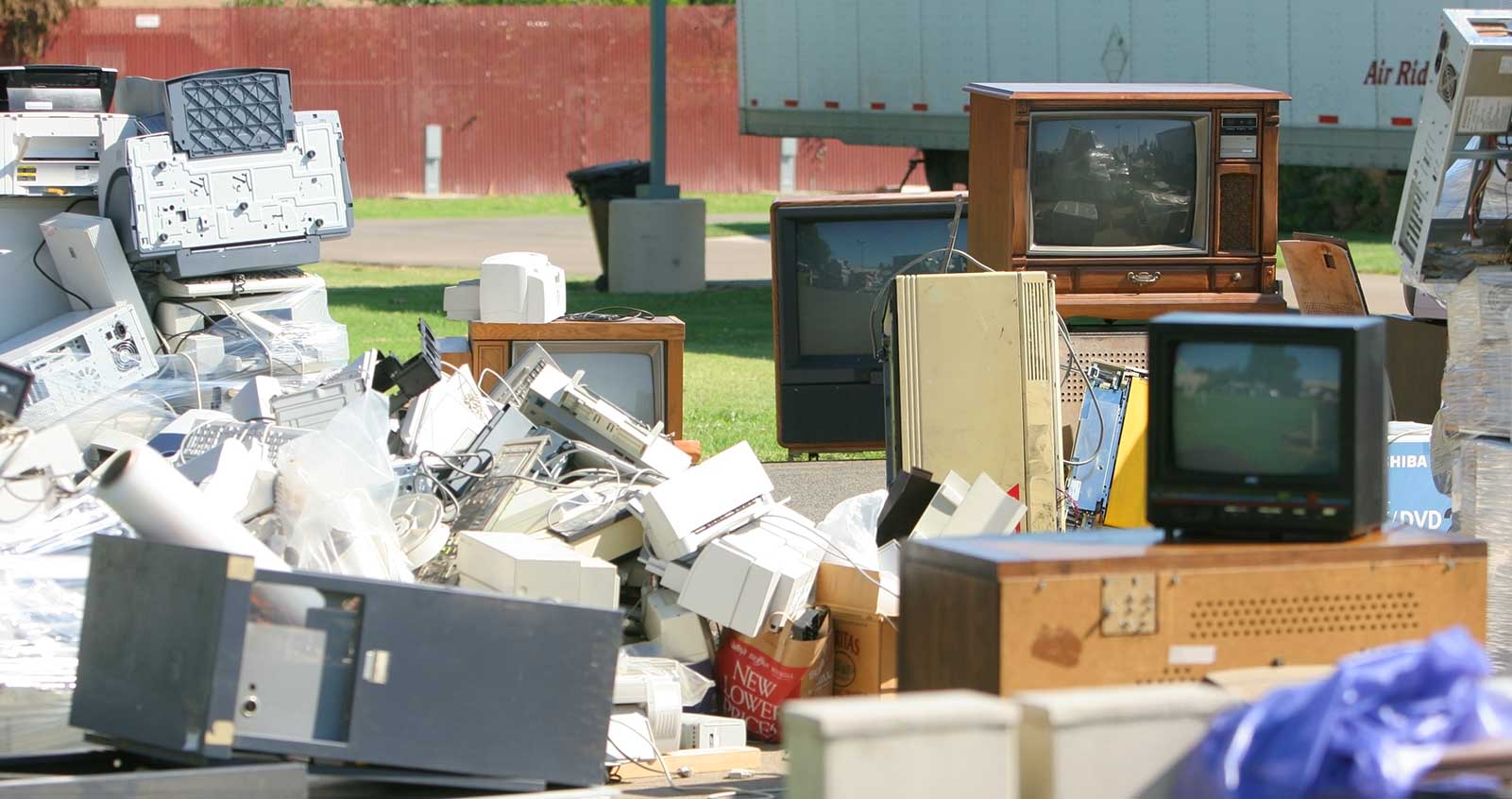Facts on Waste Transfer Notes
Posted on 06/08/2024
Waste transfer notes are essential documents used in the management of waste in the United Kingdom. They ensure that waste is disposed of responsibly and legally, reducing the environmental impact and maintaining public health and safety standards. This article delves into the essential facts about waste transfer notes, their significance, and best practices for managing them.
What is a Waste Transfer Note?
A Waste Transfer Note (WTN) is a document that outlines the transfer of waste from one party to another. They are part of a legal requirement outlined in the Environmental Protection Act 1990. The document records details about the waste, the parties involved in the transfer, and the disposal method used. Waste transfer notes are crucial for compliance with waste management regulations and must be kept on file for a minimum of two years.

Key Components of a Waste Transfer Note
1. Description of the Waste: This includes the type of waste, its composition, and any hazardous properties it may have.
2. Parties Involved: Details of the waste producer and the waste carrier, including their names, addresses, and contact information.
3. Date of Transfer: The exact date when the waste was transferred from the producer to the carrier.
4. Quantity of Waste: The amount of waste being transferred, typically measured in weight or volume.
5. Methods of Disposal or Recovery: Information on how the waste will be disposed of or recovered, including any environmental permits or licenses held by the waste carrier.
The Importance of Waste Transfer Notes
Waste transfer notes play several critical roles in waste management:
1. Legal Compliance: WTNs ensure that waste producers and carriers comply with UK waste management laws, thereby avoiding legal penalties.
2. Environmental Protection: They help monitor and control the disposal of waste, reducing the risk of illegal dumping and pollution.
3. Traceability and Accountability: They provide a clear record of waste transfers, making it easier to trace the movement and final disposal of waste.
4. Data Collection: WTNs facilitate the collection of data on waste generation and disposal, helping authorities plan waste management strategies and policies.
How to Complete a Waste Transfer Note
Completing a WTN correctly is vital for compliance. Here are some tips for filling out a waste transfer note:
1. Accurate Waste Description: Ensure that the waste is well-described, including any hazardous properties.
2. Correct Details of Parties: Double-check the names, addresses, and contact details of all parties involved in the waste transfer.
3. Clear Date and Quantity: Record the exact date of the transfer and measure the quantity of waste accurately.
4. Proper Disposal Method: Specify the disposal methods and include any relevant environmental permits or licenses.
Pros and Cons of Waste Transfer Notes
Pros:
1. Ensures Legal Compliance: Ensures all parties adhere to waste management laws, preventing legal issues.
2. Promotes Environmental Responsibility: Helps in monitoring and safely disposing of waste, protecting the environment.
3. Accountability: Provides a clear record of waste transfers, improving transparency and accountability.
4. Data for Planning: Collects data that helps in planning and improving waste management strategies.
Cons:
1. Administrative Burden: Completing and storing WTNs can be time-consuming and requires meticulous record-keeping.
2. Potential for Errors: Mistakes in documentation can lead to non-compliance and potential legal consequences.
3. Cost: Managing and storing WTNs can incur additional costs for businesses.
4. Paperwork: The reliance on physical documents can be cumbersome, though digital solutions are increasingly available.
Tips for Efficient Waste Transfer Note Management
1. Digital Solutions: Consider using digital tools and software for generating and storing WTNs to reduce errors and administrative burdens.
2. Training: Provide training for staff on the importance of WTNs and how to complete them correctly.
3. Regular Audits: Conduct regular audits to ensure that WTNs are completed and stored appropriately.
4. Simplify Process: Streamline the WTN process to make it as efficient as possible without compromising accuracy and compliance.

Key Takeaways
- Waste transfer notes are crucial for legal compliance and environmental protection.
- They must be detailed, accurate, and kept on file for at least two years.
- While WTNs can be burdensome, digital solutions and regular audits can improve efficiency.
- Proper training and a streamlined process are vital for effective WTN management.
Conclusion
Waste transfer notes are an integral part of responsible waste management. They ensure compliance with environmental regulations, protect the environment, and promote transparency and accountability. Despite the administrative challenges they pose, proper management of WTNs through digital solutions, staff training, and regular audits can significantly enhance their efficiency and effectiveness. Understanding and adhering to the principles of WTNs not only keeps businesses compliant but also contributes to a more sustainable and safe environment.




